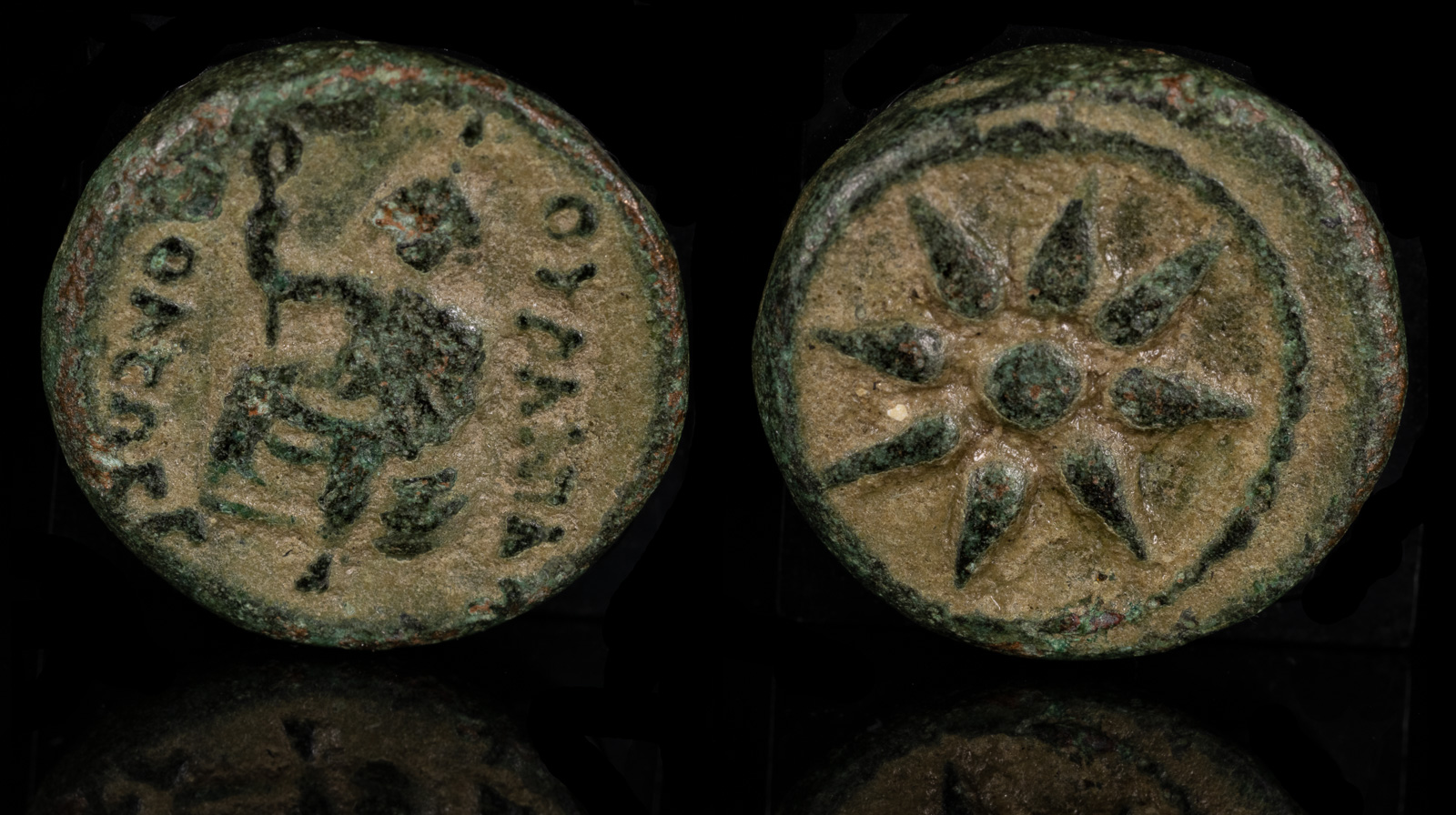Globe
View All Tags
The earliest known examples of globes in the ancient world are often credited to the Greeks, particularly in the 3rd century BCE. The Greek philosopher and mathematician Eratosthenes is often associated with the first conceptions of globes as spherical models of the Earth. He is famous for his remarkably accurate calculation of the Earth’s circumference around 240 BCE, based on measurements of the angle of the Sun’s rays at two different locations. This understanding of the Earth as a sphere laid the groundwork for the idea of representing the Earth in three dimensions, which would later be realized through the creation of physical globes. Crates of Mallus, another Greek scholar, is sometimes credited with creating the first known globe around the 2nd century BCE, though the surviving records are sparse.
In addition to these theoretical foundations, the Greeks and Romans also produced globe-like models to depict the known world. These models were often crafted out of materials such as wood, bronze, or marble, and although not always preserved, they were highly valued for their intellectual and artistic significance. For example, the Roman scholar Pomponius Mela, in the 1st century CE, described in his work “De Situ Orbis” a detailed description of the world that was later associated with the creation of globe-like models. Romans were particularly keen on recording and representing geographic knowledge, as the empire’s vast territorial expanse necessitated a more thorough understanding of the world for purposes of administration, trade, and military strategy.
The ancient globes were not merely geographical tools; they also held symbolic significance. They represented the order and structure of the cosmos, and their creation often reflected the blending of scientific curiosity with the philosophical and mythological views of the world. Globes could be used to symbolize cosmic harmony, as the spherical shape was believed to represent the perfect form. Moreover, in the Roman world, the globe was sometimes depicted in art as a symbol of imperial power, with emperors shown holding or standing on a globe to signify their dominion over the Earth. The globe also appeared in coins, where it often symbolized the empire’s reach or the ruler’s control over the known world.
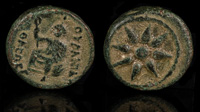
Alexarchos 300 BCE
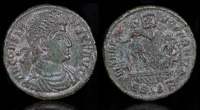
Constans 337-350 CE

Constantius Chlorus 293-305 CE

Crispus 322-323 CE
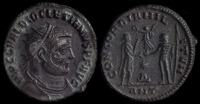
Diocletian 284-305 CE
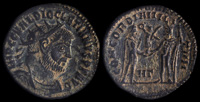
Diocletian 284-305 CE
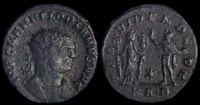
Florian 276 CE
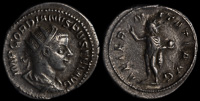
Gordian III 238-244 CE
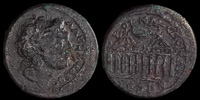
Koinon of Macedon 218-222 CE
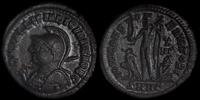
Licinius II 321-324 CE

Lucius Verus 161-169 CE

Magnus Maximus 383-388 CE
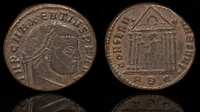
Maxentius 308-310 CE
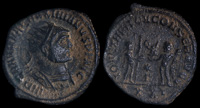
Maximianus 285-295 CE
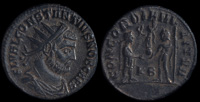
Maximianus Herculius 286-305 CE

Maximinus I Thrax 235-238 CE

Philip II 244-246 CE
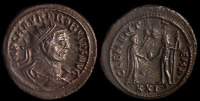
Probus 276-282 CE
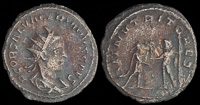
Saloninus 258-260 CE
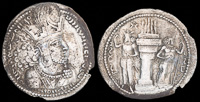
Shapur I 241-272 CE

Tacitus 275 CE
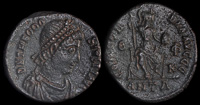
Thedosius I 379-383 CE
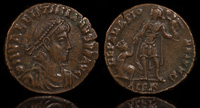
Valentinian II 378-383 BCE
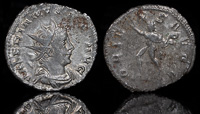
Valerian I 257 CE
